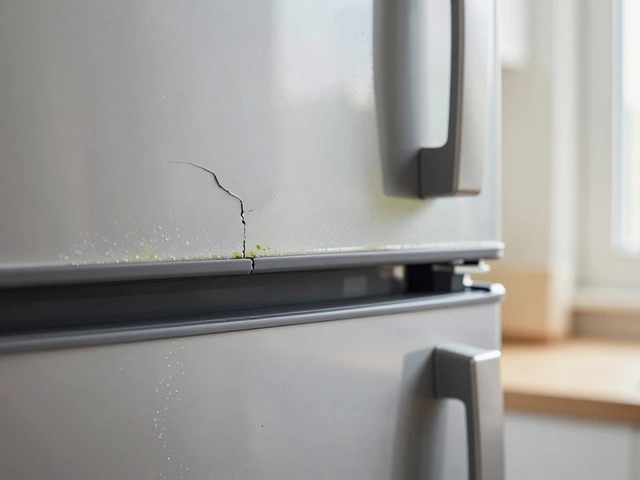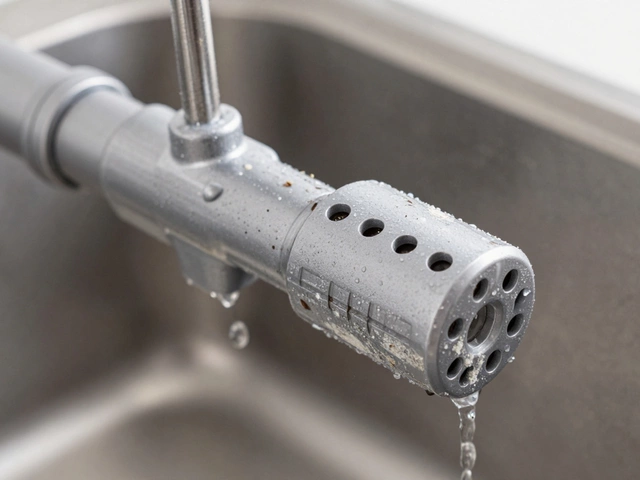Fan Repair Tips for Every Home
When working with Fan Repair Tips, practical guidance on diagnosing and fixing household fans. Also known as fan troubleshooting, it helps you keep kitchens, bathrooms and living areas ventilated without calling a pro every time. The same page also covers Extractor Fan, a ventilation device that pulls steam, odors and moisture out of a room, Bathroom Fan, the low‑profile unit that prevents mold by moving damp air outside and Electrician, a tradesperson licensed to work on electrical wiring and components. Understanding how these pieces fit together lets you apply fan repair tips safely and efficiently.
Why Good Ventilation Matters and Who Should Fix It
Proper ventilation influences fan lifespan: a clogged filter forces the motor to work harder, which soon leads to overheating. An Extractor Fan requires regular cleaning of its grill and checking the duct for blockages. If airflow drops below the design CFM (cubic feet per minute), you’ll notice reduced performance and louder operation. A Bathroom Fan often shares the same motor type as kitchen fans, so the same cleaning routine applies—wipe the blades, vacuum the housing, and inspect the capacitor for cracks. When the motor hums but the blades don’t spin, the issue usually lies with the capacitor or wiring, which is where an Electrician steps in. Fan repair tips therefore require two skill sets: basic mechanical troubleshooting and, when electricity is involved, safe electrical handling. Most homeowners can replace a faulty grill or reset a tripped circuit, but swapping a motor or rewiring a fan should be left to a qualified electrician to avoid fire hazards.
Here’s a quick cheat‑sheet of the most common problems you’ll meet: a noisy fan often means a loose blade or a dusty bearing; a fan that won’t turn on could be a tripped breaker, a blown fuse, or a bad capacitor; intermittent operation usually points to a wiring loose connection or a failing motor. The repair path follows a clear sequence—inspect, clean, test, replace. Start by turning off power at the consumer unit, then remove the outer cover. Use a screwdriver to tighten any loose screws, blow out dust with compressed air, and give the motor shaft a gentle spin by hand. If the motor spins freely, the issue is electrical; use a multimeter to test voltage at the fan terminals. No voltage? Check the breaker and the fan’s power cord. If voltage is present but the motor still doesn’t run, the capacitor is likely dead and should be swapped with one of the same microfarad rating. All of these steps are covered in the posts below, from DIY fan troubleshooting to knowing when a professional’s call is warranted.
Now that you’ve got the basics—what a fan is, why ventilation matters, and which tools you’ll need—scroll down to explore our full collection. You’ll find hands‑on guides for cleaning extractor fans, step‑by‑step wiring checks for bathroom fans, and advice on choosing the right replacement parts. Each article builds on the same set of fan repair tips so you can confidently tackle anything from a humming kitchen vent to a silent bathroom extractor. Dive in and start fixing those fans today.
Extractor fans are crucial for maintaining air quality in your home, but they can run into issues. This guide walks you through when to DIY, when to call an electrician, and signs that you might need a professional. You'll also find some handy advice on basic maintenance and troubleshooting to extend your fan's lifespan.


